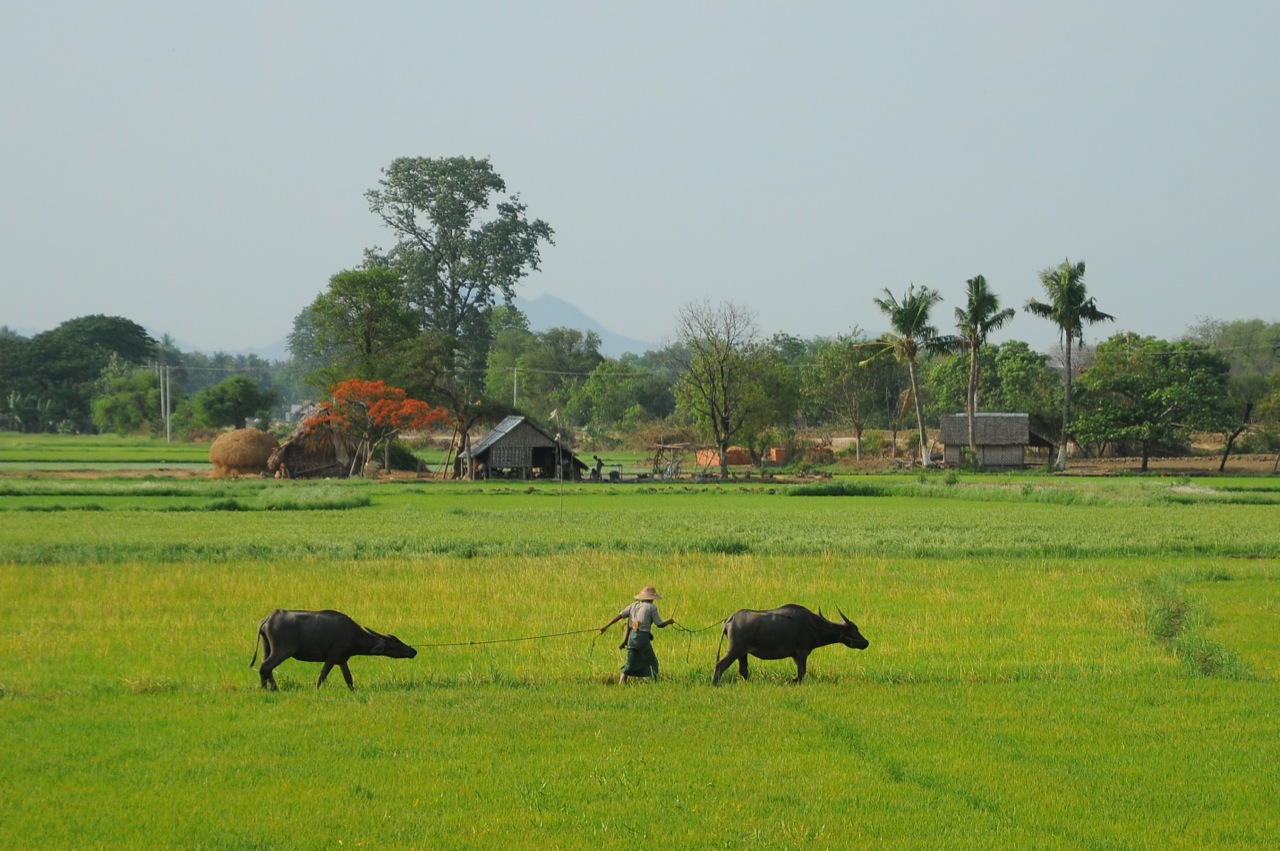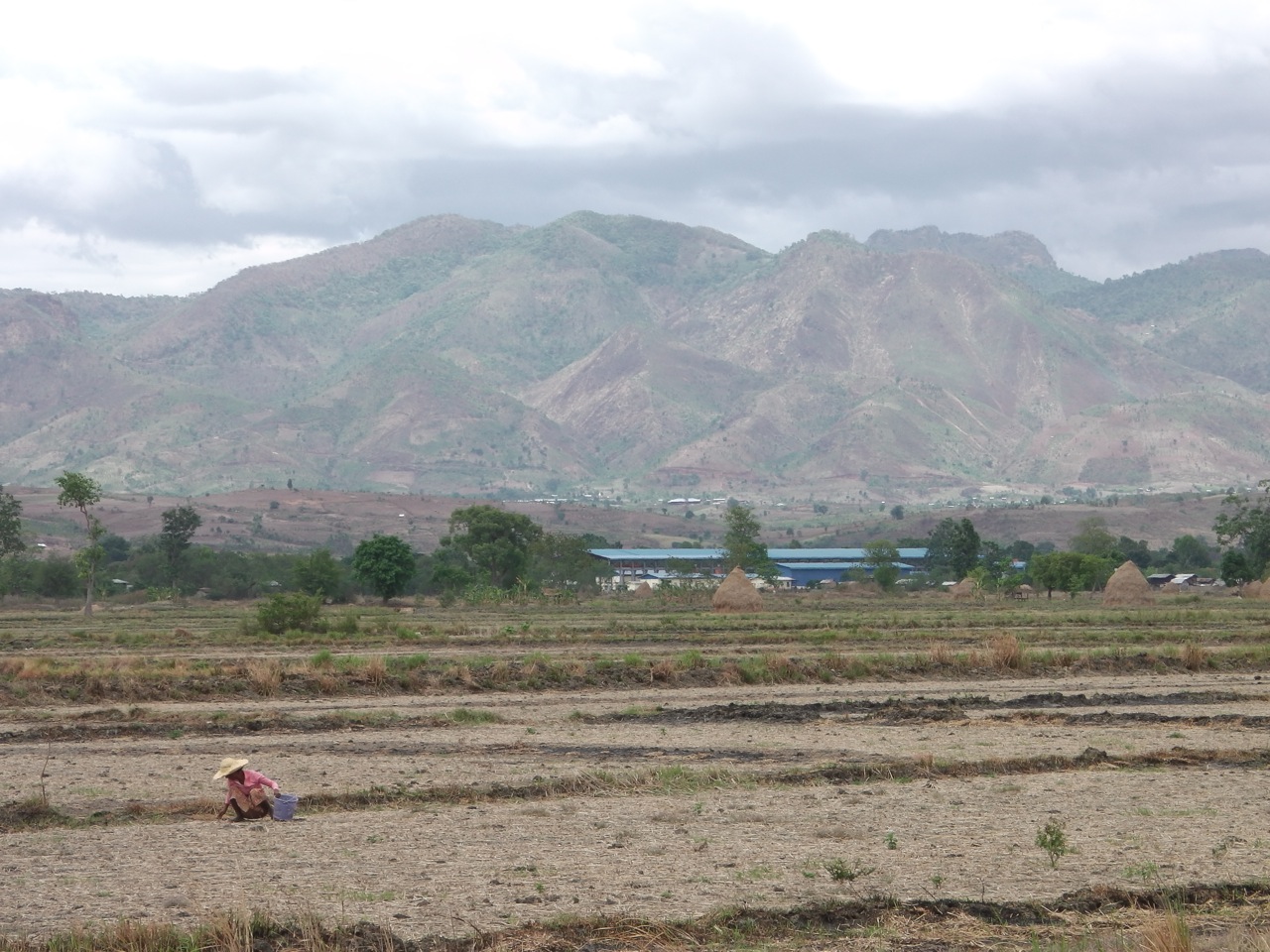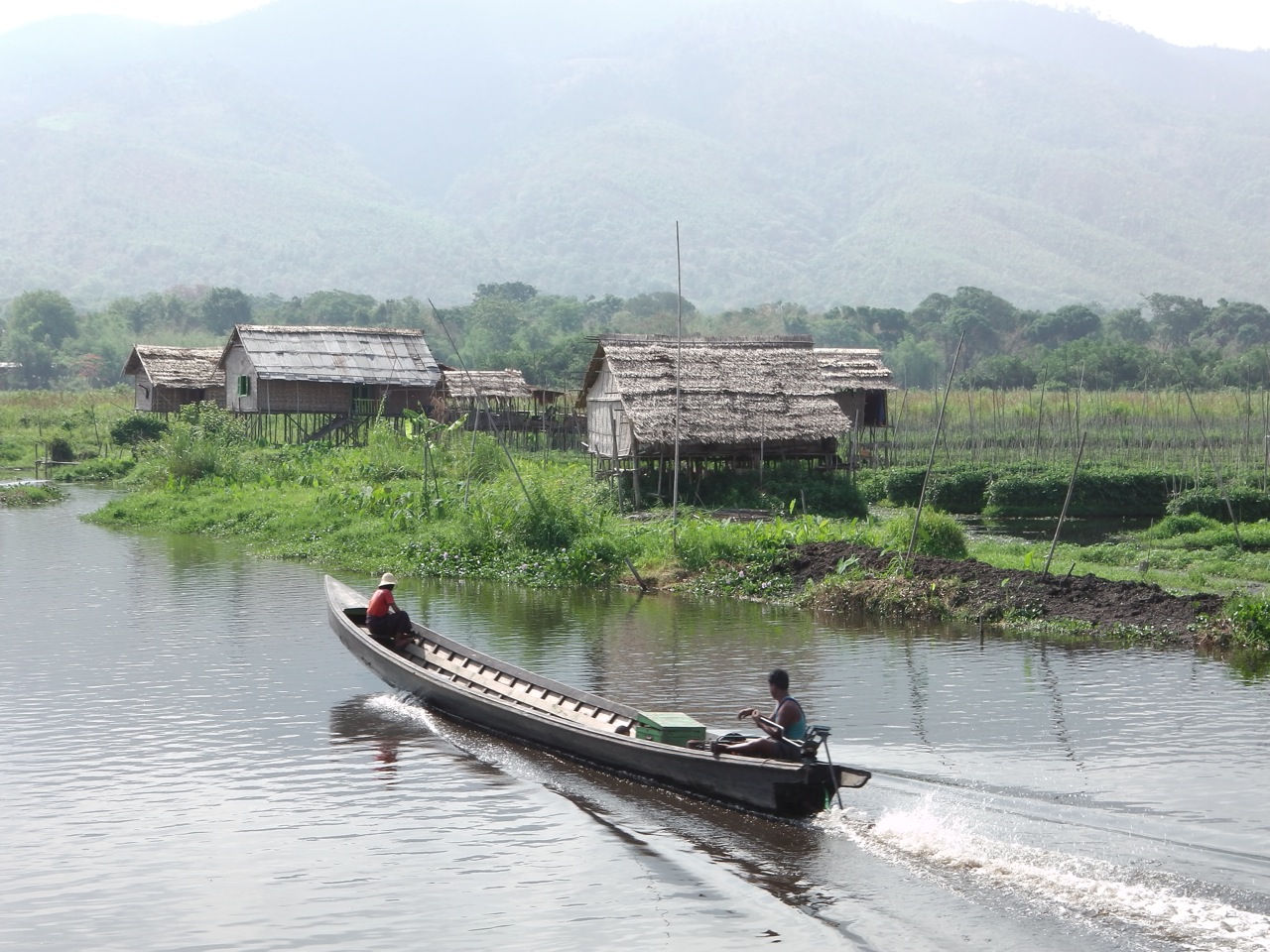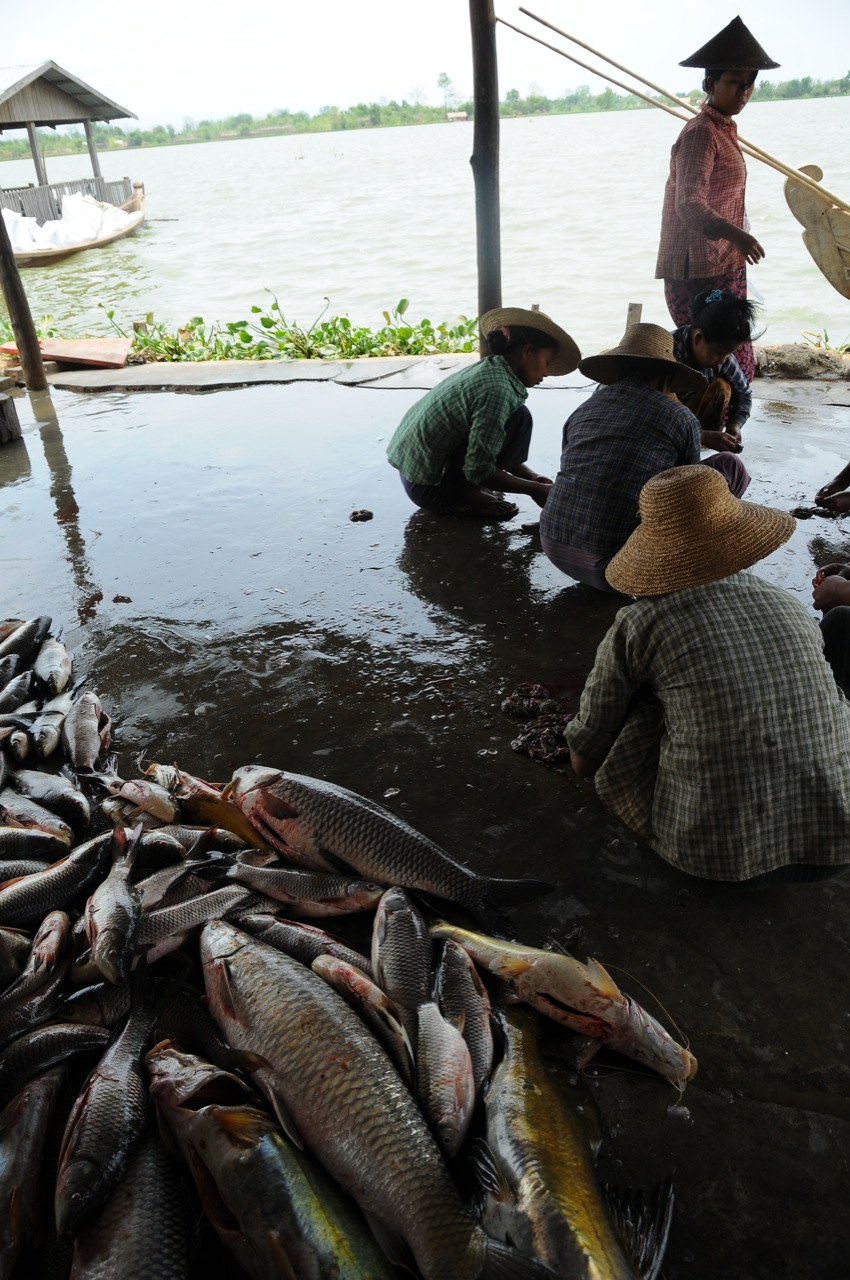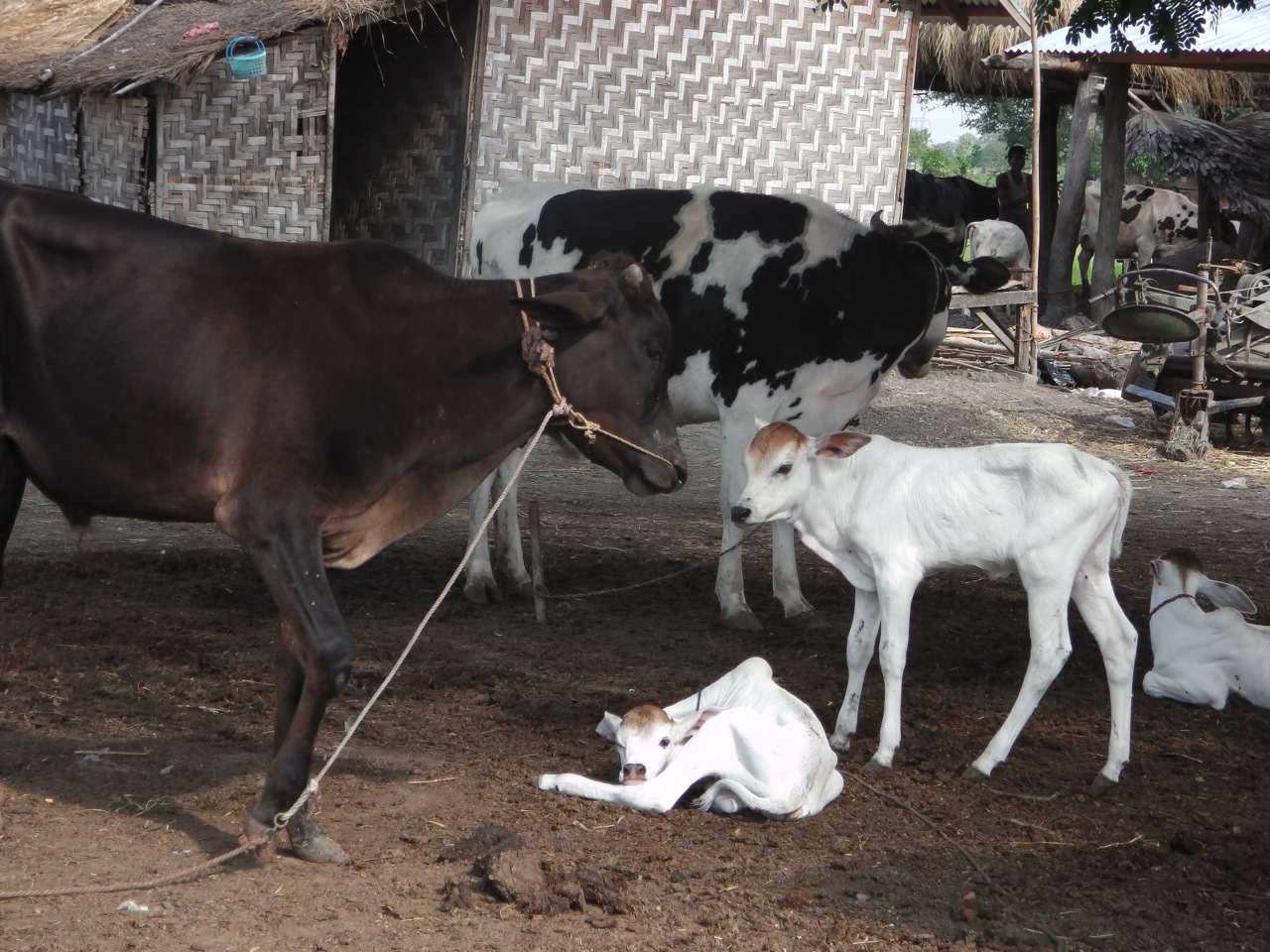面積(單位平方公里)
人口(單位:萬)
人均GDP(單位:美元)
農業生產面積(單位:萬公頃)
緬甸面積676,577平方公里,相當于19個台灣,人口約6,000萬人,每年以1.9%成長。平均每人GDP只有715美元;26%的人口生活於貧窮狀態,其中農村人口有36%生活於貧窮線以下。
農業是主要的經濟活動,尤其水稻是主要作物與糧食。2010年,農業佔GDP的比重高達36%。農業部門占總就業人口的70%,出口產值當中,農業占了25%~30%。
依照地形與氣候,緬甸分為五大塊:北部山地、撣邦高原、中部乾燥區、南部三角洲、沿海地區。其中三角洲地區匯集三大水系,地勢平緩,是緬甸人口密度最高、土壤最肥沃與農業生產力最高的區域。緬甸第一大城與商業中心─仰光,即座落於此。
緬甸適宜農業生產的面積占全國總面積18%,大約為1,240萬公頃,其中有570萬公頃適宜耕種的土地尚未妥善利用。
%
農業佔GDP比重
%
農業部門佔總就業人口比例
%
農業佔出口產值比例
%
適宜農業生產面積占全國土地面積比例
- 雖然農業部門的GDP佔比從2001年的57%下降至2010年的36%,亞洲開發銀行認為農業部門對緬甸的重要性仍非常高,因為70%勞動力與農業有關。而農業部門也是目前看上去唯一可以快速創造就業機會的部份。
- 緬甸有30%的農村人口沒有農地或是沒有收入來源,約37%的農戶持有的土地面積小於2公頃。
- 阻礙緬甸農業增產的限制:一、農產品價格低;二、農業資材成本高,例如肥料;三、鄉村的公路網與交通建設不健全、地方政府對於公路與橋樑的投入不足;四、欠缺信用貸款管道;五、灌溉設施不足;六、農民對農地只有耕作權、沒有所有權;七、交易制度不透明;八、農業研究不發達,農民培訓與推廣服務不足;九、農村缺乏電力;十、通貨膨脹。在納吉斯重災區,受到破壞的農村基礎建設如防洪設施與鹽化的土地,在風災四年過後仍未修復。
- 除非結構性的政策改革,加強對於基礎建設的投資,否則不可能達成減少貧窮與包容性的經濟成長。必須從提升農業生產效率下手。
亞洲開發銀行對於緬甸經濟增長的優先步驟策略建議:
- 針對糧食作物(水稻、豆類、油籽、蔬菜、水果等)進行增產:提高生產力;提升農戶收入;減少貧窮;增加出口;強化在運輸、加工、倉儲服務的能力,這樣也可有助於畜牧與漁業部門的發展。
- 提升水力資源的開發與管理,尤其是灌溉系統的發展。
- 在追求經濟增速發展的同時,也要注意對生物資源與環境的壓力:森林面臨非法盜伐、野生動物棲地的喪失、水污染越來越嚴重、城市化與工業化對於寶貴農地的喪失。為了環境永續發展,協助緬甸政府建立資源管理能力是當務之擊。區域合作計畫也必須倡議,譬如大湄公河流域計畫的生物多樣性走廊計畫應該延伸到緬甸。
- 根據Dr. U Myint 著作的《緬甸,脫貧之路》(Reducing Poverty in Myanmar: The Way Forward),一書中提到,在2008/09年之際,緬甸的稻米產量約為3,580萬公噸,但出口只有100萬公噸;同時間泰國稻米產量也約為3,500萬公噸,但出口量可高達870萬公噸。(31)
- 如果改善農田水利設施與資金投入,緬甸水稻單位面積產量可以從目前的每公頃4.1公噸,提升到5公噸。甚至如果擴大水利建設與灌溉設施,善用旱季種稻,種植面積可望再增加。如果能夠改善農村交通與採後處理技術,可以增產更多稻米滿足國內與國外市場。同樣的情況也可應用在豆類、蔬菜生產。
- 緬甸的農產品外銷潛力雄厚,因為它環繞在經濟增速成長的國家,如印度、馬來西亞、中國、新加坡與越南,這些國家對糧食的需求量隨著經濟成長也增加。
- 重建緬甸成為區域稻米出口國家的主角,也有助於緬甸的經濟發展。目前緬甸稻米年出口量遠低於100萬公噸。緬甸稻米的問題是品種混雜、碎米比例高、以致出口價格遠低於泰國與越南,緬甸出口稻米在國際市場上的價格比泰、越兩國低二至三成。(34)
- 過去五年的快速通貨膨脹,造成農民無法負擔生產成本的提升,也無能力進行信用貸款,聯合國糧農組織2010年研究發現,2008年稻米價格偏低與肥料價格高漲,都讓農民無法負擔,甚至生產不敷成本。
- 另一項影響農業增產的是納吉斯颶風造成後續影響,洪水沖毀了堤防與道路交通及儲存設施,仍有五成的受災農民處於負債狀態。

